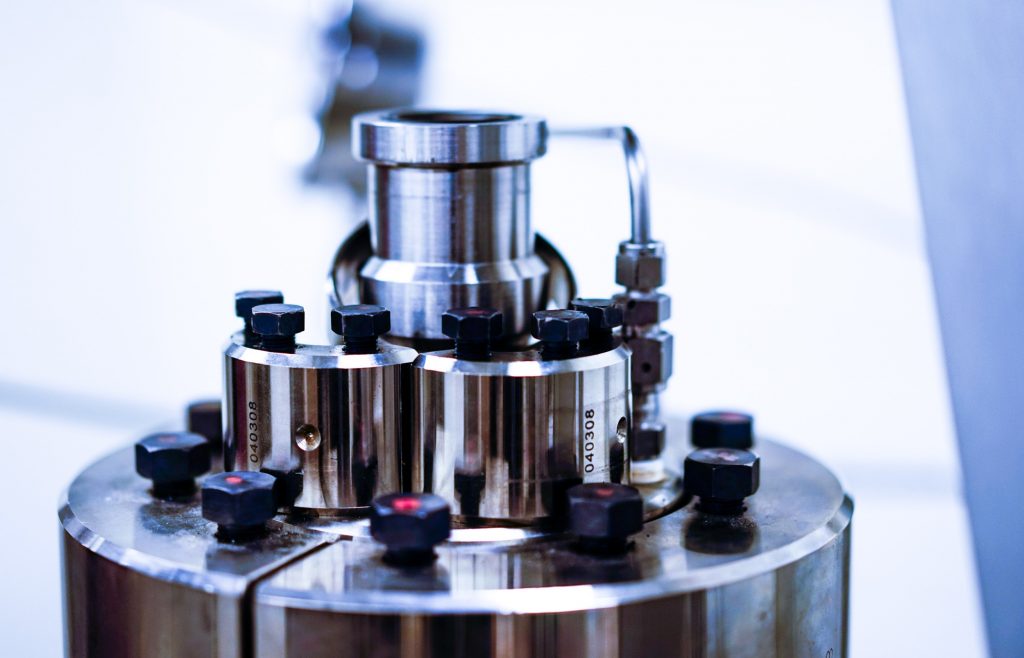Innovation at Argonne National Laboratory Incubator
Energy might be cheaper now than it was a few years back, but the need for innovation has never been greater.
Chain Reaction Innovations
That’s why I’m so excited to serve as Director of the Chain Reaction Innovations (CRI) program at the U.S. Department of Energy’s (DOE) Argonne National Laboratory in Lemont, Ill., 25 miles southwest of Chicago.
CRI Program
CRI is a two-year program for innovators focusing on energy and science technologies.
Through its annual application call, four to six teams are selected to join the program. Participants receive the financial and technical support needed to mature nascent technologies that face long development cycles to the proof-of-concept level, helping them get to the point where they can access conventional sources of financial support to scale and launch into the marketplace.
Unique Resources
CRI soon will announce its second cohort of innovators.
CRI is different from other incubators because it allows innovators/entrepreneurs to immerse inside a national laboratory, working alongside world-renowned scientists and engineers with whom they can share their ideas.
It allows participants to avoid the many pitfalls — including a lack of investment and a shortage in the mentoring support needed to build strong business plans — that can torpedo great ideas.

Source: Pexels
R&D Catalysts
The program reduces research and development time and cost by allowing participants access to multi-million dollar equipment they likely would otherwise not be able to access.
Development is further sped up by participant’s access to world-class imaging tools and other specialized equipment that quickly pinpoint issue such as material failures and unwanted chemical reactions, as well as high-performance computing for developing simulations and predictive modeling that reduce costly trial-and error prototype development.
Together, these factors enable innovators to quickly pivot development tracks based on early results to produce a better product that goes to market faster. Innovation is tough. It’s not uncommon for participants to make changes based on performance or industry demands.
Advanced Technology and Funding
Thankfully, Argonne’s suite of testing and validation tools, as well as fabrication and scale-up facilities for commercial grade testing of pre-commercial prototypes, instills investors and consumers with increased confidence in product claims about lifespan, durability, and energy efficiency in real-world conditions.
But perhaps the best part of CRI is that it allows participants to focus full-time on innovation by giving innovators enough seed money — including $220,000 to spend on R&D at the laboratory and about $120,000 in salary, benefits and travel — to focus full-time on developing their technology for two years.
It also affords them an opportunity to leverage their connection with a national laboratory to seek additional federal research grants.
Interested parties should visit the CRI website and apply to be part of a future cohort.
CRI is one of the DOE’s Lab-Embedded Entrepreneurship Programs
, launched by the Advanced Manufacturing Office (AMO) in the DOE’s Office of Energy Efficiency and Renewable Energy.
Early Wins
The program is less than two years old. It took just months for the first cohort to score some early wins.
ClearFlame Engines
For instance, ClearFlame Engines — which is developing drop-in engine technology to allow diesel generators and heavy-duty vehicles to run on biofuel without a loss of power — won a $225,000 Small Business Innovation Research (SBIR) grant from the National Science Foundation (NSF).
FGC Plasma Solutions
Another participant, FGC Plasma Solutions, signed an agreement with Capstone Turbines to test FGC’s plasma-assisted fuel injection technology in a C65 micro turbine. The technology enables more optimum operation of the engines at low speeds as well as benefits from lower emissions, increased fuel flexibility and improved reliability.
Emergy
Emergy, another winner, has an agreement with a company to test its bio-designed activated carbon. With double the surface area and a potential 25-percent increase in efficiency compared to traditional carbons, Emergy’s tunable technology could reduce expenses related to metal recovery by up to 25 percent.
Atlas Energy Systems
Atlas Energy Systems has joint proposals with a number of companies on multiple SBIRs to develop a prototype of its radioisotope nuclear battery. The Atlas technology could be 80 times cheaper than traditional nuclear batteries and has three times the energy conversion power.
Advanced Ionics
And Finally, Advanced Ionics eliminates the need for ion exchange membranes in fuel cells and similar technologies. Recently they demonstrated the viability of the technology at the bench scale for the first time, paving the way for data to be gathered to support a through techno-economic analysis to be performed for a number of applications.
Program Impact
Leading this program at Argonne has been a highlight of my career. It has allowed me the time to share all I know as a scientist, innovator, entrepreneur and startup leader with the next generation of scientists developing that next great idea.
There has never been a better time to apply to CRI. So the only question is, as Mark Cuban recently asked of aspiring entrepreneurs on the hit TV show Shark Tank, “Who’s next?”
By: John Carlisle, Director, Chain Reaction Innovations, Argonne National Laboratory.
Is this article helpful? Please leave your comments and feedback.

